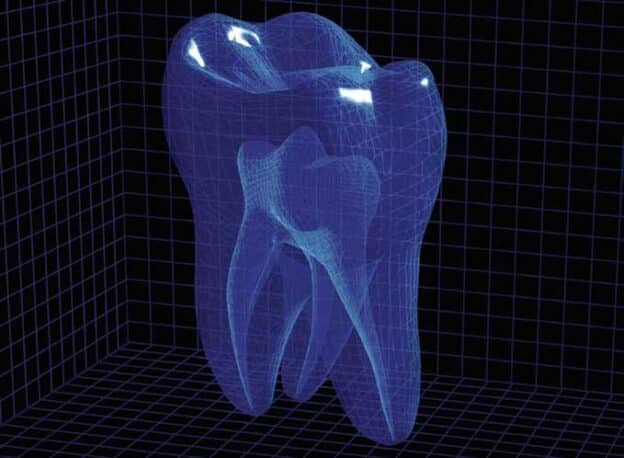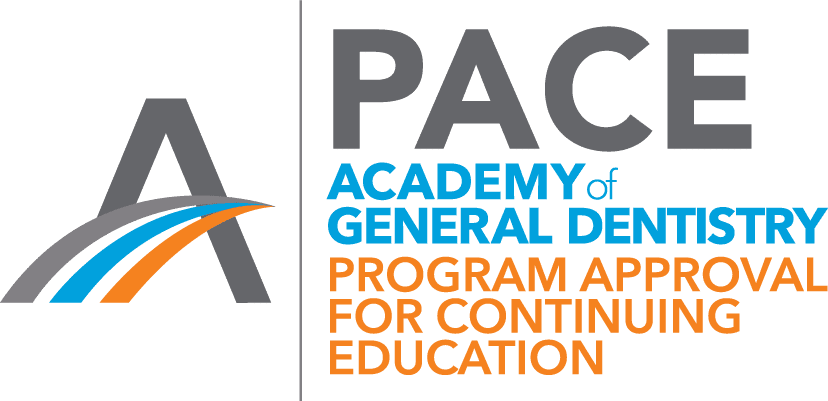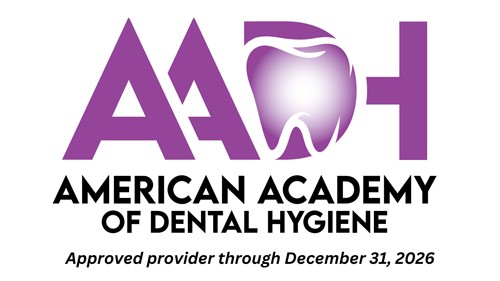This course is expired and is no longer available.
There are processes involved in loss of tooth structure that have nothing to do with bacteria, fracture, infection or caries. This loss of tooth structure in the cervical area is sometimes termed “noncarious cervical lesion” (NCCL) or “abfraction.” Other types of NCCL include erosion, attrition, and abrasion. It is important to understand the difference in these terms and to recognize the fact that these processes can work synergistically and etiologies are often multifactorial. The ability to analyze these lesions and identify the causative factors properly is imperative to formulating a proper plan for clinical intervention.
Educational objectives
At the conclusion of this educational activity, participants will be able to:
- Understand the difference between the various types of noncarious cervical lesions.
- Cite the general characteristics for abfraction lesions in the general modern adult population.
- Explore the dental history and the evolution of the understanding of these lesions.
- List and describe the signs and symptoms of abfraction lesions and the complicating factors.
- Be able to evaluate and assess these lesions for appropriate clinical intervention.
Photo credit: © Cornelius20 | Dreamstime.com






